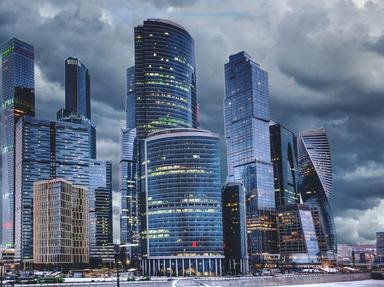Quiz Answer Key and Fun Facts
1. Founded by the Phoenicians in the 7th century BC, this capital city shares its name with a (non-capital) city in Lebanon.
2. Industrialised during its time as part of the Soviet Union, this capital is located in the South Caucasus.
3. Located on an island, this city became a national capital when its country gained independence from Indonesia in 2002.
4. This Olympic host city was redeveloped in the 19th century during a period when it was part of the Russian Empire.
5. This purpose-built capital forms part of a wider metropolis and is located close to the Yamuna River.
6. Home to Notre-Dame Cathedral, this city is located in Central Africa but has colonial connections to France.
7. Nicknamed the 'Green City in the Sun', this capital was originally built on a swamp and started life as a railway depot.
8. This island city is located at the foot of Mount Karthala, a volcano that forms the highest point of its country.
9. Situated on the Gulf of Tadjoura, this city shares its name with the country of which it is the capital.
10. Founded over 1,000 years ago, this city is in the northern part of its country and sits in the Red River Delta.
Source: Author
Fifiona81
This quiz was reviewed by FunTrivia editor
agony before going online.
Any errors found in FunTrivia content are routinely corrected through our feedback system.

